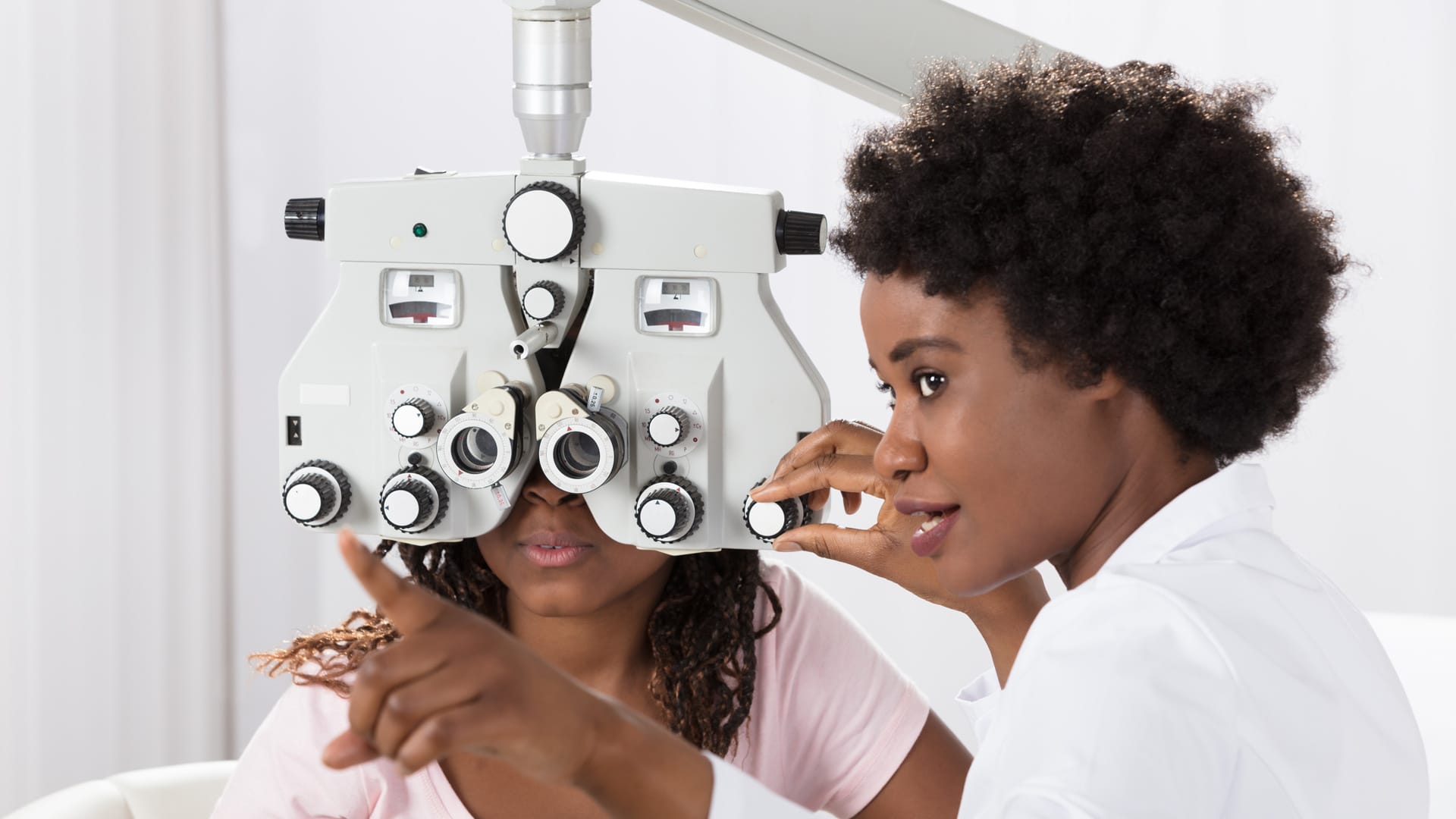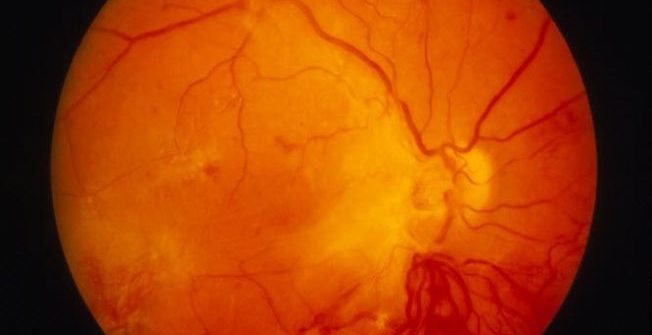Adult & Paediatric Eye Surgery - Truths
Table of ContentsSome Ideas on Adult Strabismus You Need To KnowSome Known Details About Emergency Eye Problems Little Known Questions About Amblyopia.Our Conjunctivitis Statements
Ophthalmologists are medical physicians who concentrate on the diagnosis and also therapy of eye and vision troubles. What is the distinction in between an eye doctor and an optometrist, then? What about opticians? These 3 sorts of eye care experts have rather similar-sounding names and overlapping work summaries. It can be confusing at very first glimpse.They can not offer eye tests, create prescriptions, or detect or treat eye issues. can analyze your eyes, test your vision, recommend glasses or calls, and identify and deal with numerous eye disorders and conditions. They are not clinical doctors or specialists however can prescribe certain eye-related medicines (https://drcrlinecatt.mystrikingly.com/). Provide eye examinations, vision testing, and prescriptions for glasses or call lenses.

Ophthalmologists diagnose as well as deal with injuries, infections, conditions, and also problems of the eye. Therapies can include medicine taken by mouth (by mouth) or topically (in the eye), surgical treatment, cryotherapy (freeze therapy), as well as radiation treatment (chemical therapy). Ophthalmologists participate in clinical institution then get a number of years of specialty training in the medical and also surgical treatment of the eye.
The 7-Minute Rule for Paediatric Ophthalmology
As they are the only physician who can deal with all eye disorders, ophthalmologists see a wide array of eye problems, consisting of: How usually should you have an eye examination? What are symptoms that suggest you may have an eye trouble that requires to be inspected by an optometrist? The American Academy of Ophthalmology recommends: As children's eyes are growing as well as transforming quickly, they need to receive a vision screening.
Grownups that have healthy eyes and exceptional vision need to have 4 detailed eye tests: one in their 20s, two in their 30s, and one at age 40. These examinations might allow the ophthalmologist to catch an eye disease or vision changes at an early stage. By the time you see symptoms, you might already have some vision loss (CONJUNCTIVITIS).

Individuals who are at a greater threat of eye condition might need to get an eye examination more frequently. This can include individuals with diabetic issues, hypertension, or a family members history of eye issues - AMBLYOPIA. After age 65, your eyes must be examined each to two years. Despite age, individuals who put on contacts should have a full eye exam annually.
Your view depends on seeing the best eye physician at the right time. When it's time to "get your eyes examined," make sure you are seeing the ideal eye care specialist for your demands.
The Only Guide to Eye Checks

is a medical or osteopathic doctor that focuses on eye as well as vision care. Ophthalmologists differ from eye doctors and also opticians in their levels of training and in what they can detect and deal with (https://www.taringa.net/drcrlinecatt/the-3-minute-rule-for-paediatric-ophthalmology_53uuus). As a medical doctor that has actually finished college as well as at the very least eight years of additional medical training, an ophthalmologist is accredited to practice medicine and also surgery.
Numerous ophthalmologists are additionally included in clinical research study on the causes and also remedies for eye illness as well as vision disorders. SUBSPECIALISTS: ADDITIONAL KNOWLEDGE AS WELL AS TRAINING FOR CERTAIN EYE NEEDS While eye doctors are educated to look after all eye issues and problems, some Eye M.D.s concentrate on a specific location of clinical or medical eye treatment.
She or he generally finishes 1 or 2 years of additional, much more comprehensive training called a fellowship in among the main subspecialty locations such as glaucoma, retina, cornea, pediatrics, neurology as well as cosmetic surgery, as well as others. This added training as well as understanding prepares an ophthalmologist deal with even more facility or particular conditions in certain locations of the eye or in particular teams of individuals.
An optometrist is not a clinical doctor. An optometrist receives a medical professional of optometry (OD) level after completing 4 years of optometry institution, preceded by 3 years or even more years of university. They are certified to practice optometry, which largely includes executing eye tests as well as vision examinations, recommending and dispensing rehabilitative lenses, discovering particular eye abnormalities, and suggesting medications for sure eye illness.
Eye Checks Can Be Fun For Everyone
They utilize prescriptions supplied by ophthalmologists or optometrists, yet do not evaluate vision or write prescriptions for visual improvement. Opticians are not allowed to diagnose or deal with eye conditions. We all rely on our vision in more ways official website that we may understand. Without healthy vision, our ability to work, play, drive or even acknowledge a face can be significantly impacted.
Having a relative with eye illness can make you extra vulnerable to having that condition also. Sight-stealing eye disease can show up at any kind of time. Very often they are undetectable initially and also are tough to spot. That's why it is so crucial to see an ophthalmologist for a full medical eye examination by age 40, and afterwards as typically as prescribed by your Eye M.D.
If you have any of these, make sure to check out an eye doctor. A full, clinical eye exam by an Eye M.D. might be the very first step towards saving your sight. Protruding of one or both eyes; Dark curtain or veil that blocks your vision; Lowered vision, also if short-term; Diabetic issues mellitus; Distorted vision; Dual vision; Excess tearing; Eyelid problems; Family background of eye disease; Halos (colored circles around lights); High blood pressure; HIV or AIDS; Injury to the eye; Loss of peripheral (side) vision; Misaligned eyes; New drifters (black "strings" or flecks in the vision) and/or flashes of light; Pain in the eye; Thyroid disease-related eye problems (Graves' condition); Unusual red eye.